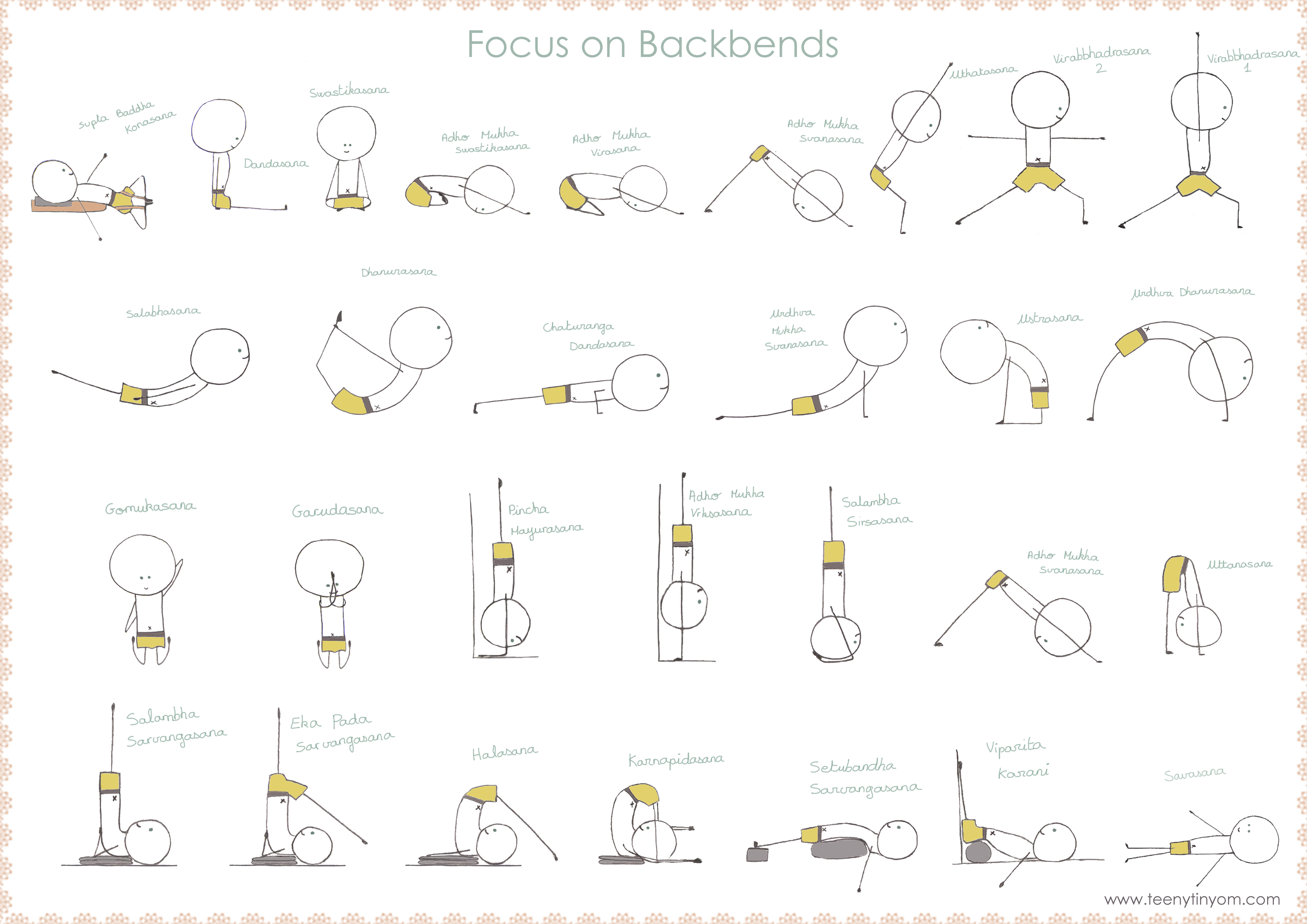
Ah! At last my pretty little fingers can do what they do best: type! Not write! I have been meaning on writing my experiences, knowledge, thoughts, recollections, etc on my Iyengar yoga journey. Just today I was on a hunt for a notebook for my writings. I've even started a myspace account but didn't follow through at that since it did not feel right. I really need to write these thoughts down since I mostly forget and dont fully understand or digest important points and information on well, just about anything in life. If I write, I will remember, a key thing in being totally visual, and I can always look back and recollect my ideas and notes. I think of this blog as a notebook as well as a companion in this very long voyage. Instead of starting in the past, which I may at some point and that all depends on how I feel and what I feel about writing, I will start presently...
There is so much to talk, write, explain. For now I will talk of my readings and notes on this mornings chapters on
Mr. B.K.S. Iyengar's "
The Tree of Yoga," Shamabhala Classics. This chapter is called: "
The Bark."
Iyengar calls "
pratyahara" as the "bark" of the yoga, the yoga tree. [Ill go back later on.] Pratyahara is the withdrawal of the senses. You attain this when you are
thoroughly and totally absorbed in your presentation of the asana, forgetting neither the flesh nor the senses. Therefore, the mind is completely silent and everything works in unison and from the very skin is drawn towards the soul.
Iyengar asks why we Westerns seperate the mind and the intellectual body. The mind gathers
information whereas the intelligence
has the power to discriminate right from wrong, and to reason clearly. Key point being that there is the
fluctuating mind and the
still and stabilised mind.
We all mostly live by memory and since memory triggers the mind and the mind is triggered by memory, we go for past experiences only. That is where pratyahara plays a key role in yoga, you have to make sure that memory gives the right response, not something impulsive that wasnt rightfully thought through.
Living primarily in memory is constantly searching for those experiences of enjoyments, regardless of your intelligence (remember the power to discriminate right from wrong, and to reason clearly) therefore basing facts on something already experience not something completely felt and understood in the moment. This is repetitive and is no longer able to excite the mind.
The act of going against the current of memory and mind is pratyahara. When the intelligence takes place, thoughts, instincts, and actions are weighed and energy is stored and used when necessary without depending on the boring and dull memory. New and fresh impressions are experienced. The consciousness is awakened instead of taking the back seat and letting memory ride all the way.
When the consciousness is cleansed from the clutches of thought-waves, it becomes highly sensitive, stainless, pure and absolute as the seer.I don't really understand this next point, even Krishnamurti would talk many times of this:
From then on, the consciousness realises that the preceiver, the instrument of perception, and the object to be perceived are the same and the mind can reflect without refraction or distortion.
Patanjali, from whos
Yoga Sutras which yoga is based on, says that at this stage that the mind which is freed from memories, becomes ever alert, ever fresh, and ever wise.
What I learned from my previous practice:
At practice N showed me that in my handstand my left arm/shoulder is alot more flexiable than the right. The right is tight, probably because of the knot in my shoulder. This felt like a revelation. I never knew how much I had to pull on my right tricep in order to be straight and not lean on any side. This is the same for my downward facing dog,
Adhu Mukha Svanasana. This must also be because my arms are double jointed and my elbows can bend farther than normal; my elbows are doing all the work so that my triceps can slack.
Shoulderstand,
Sarvangasana, is getting alot better. I have been practicing that asana so long without blankets or any props that I really struggled with it. Thank god for Iyengar yoga. The last few times I managed to stay up quite a long time (6 minutes or so) without boredom, sweating, and struggle. I really have to free myself from fear, fear of falling. I could used some help in opening the chest. I guess that's next time.







